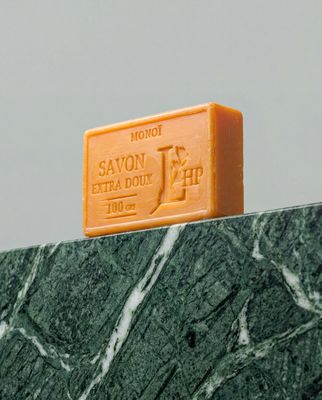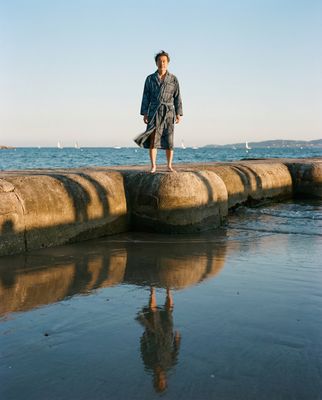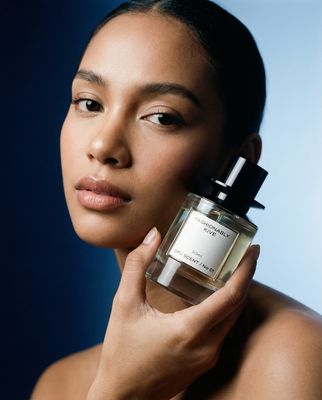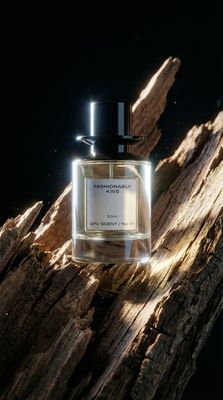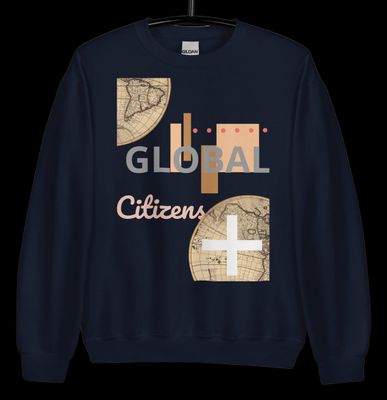Everything about the color Tan
The meaning of the color tan and color combinations to inspire your next creation.
Browse images in the color tan
What color is tan?
Tan is a warm, neutral shade that resembles the color of tanned leather. It sits between brown and beige on the color spectrum, offering a soft, earthy appearance.
What are similar colors to tan?
For variations within the same warm and neutral spectrum as tan, consider:
- Beige (#F5F5DC) shares tan's soft, earthy undertone but is slightly lighter, providing a more muted and subtle look.
- Taupe (#483C32) is a darker, more muted shade that shares tan's warm, earthy qualities with a grayish tint.
- Ivory (#FFFFF0) is a lighter, creamier shade that complements tan's warmth with a more delicate, refined tone.
- Camel (#C19A6B) is a bit darker and richer, offering a deeper, more robust alternative to tan.
What color goes with tan?
To complement tan's warm, neutral tones, consider pairing it with:
- Teal (#008080) offers a cool, contrasting hue that enhances tan's warmth with its deep, calming blue-green shade.
- Sage (#BCB88A) provides a soft, muted green that harmonizes with tan's earthy tones, adding a touch of nature.
- Lavender (#E6E6FA) introduces a subtle, soothing purple that contrasts gently with tan's warmth.
- Coral (#FF7F50) adds a vibrant, lively touch that complements tan's neutral base with a splash of color.
What color conflicts with tan?
To avoid clashing with tan's warm, neutral tones, consider avoiding:
- Fuchsia (#FF00FF) can be too bold and overpowering against tan's subtlety.
- Black (#000000) may create too stark a contrast, overshadowing tan's warmth.
- Gray (#808080) could dull tan's earthy vibrancy, making the combination appear flat.
- White (#FFFFFF) risks washing out tan's warm undertones, losing its depth.
What does the color tan represent?
Tan often symbolizes simplicity, reliability, and approachability, reflecting the natural, earthy tones of the outdoors. It is associated with warmth and comfort, providing a sense of stability and calm. Psychologically, tan evokes feelings of relaxation and neutrality, making it a popular choice for creating serene environments. In art and design, tan is used to convey a sense of timelessness and understated elegance, often serving as a versatile backdrop that complements other colors without overpowering them.
What's the history of tan?
The name "tan" is derived from the process of tanning leather, which gives it a characteristic brownish hue. Historically, tan has been associated with natural materials and has been used in clothing and decor for its neutral, versatile qualities. In modern times, tan remains a popular choice in fashion and interior design for its ability to create warm, inviting spaces. It is often used in minimalist and rustic designs to evoke a sense of simplicity and natural beauty.
Color Variations
Shades
Tints
Hues
Color Palettes
Monochromatic
Complementary
Analogous
Triadic
Tetradic
Images with tan color
Color Conversions
#D2B48Crgb(210, 180, 140)rgb(82%, 71%, 55%)0, 14, 33, 18hsl(34, 44%, 69%)34, 33, 82#D2B48C75, 5, 2448, 48, 3275, 25, 7811010010, 10110100, 10001100Color(red: 0.8235294117647058, green: 0.7058823529411765, blue: 0.5490196078431373)UIColor(red: 0.8235294117647058, green: 0.7058823529411765, blue: 0.5490196078431373, alpha: 1.0)Color(0xFFD2B48C)

